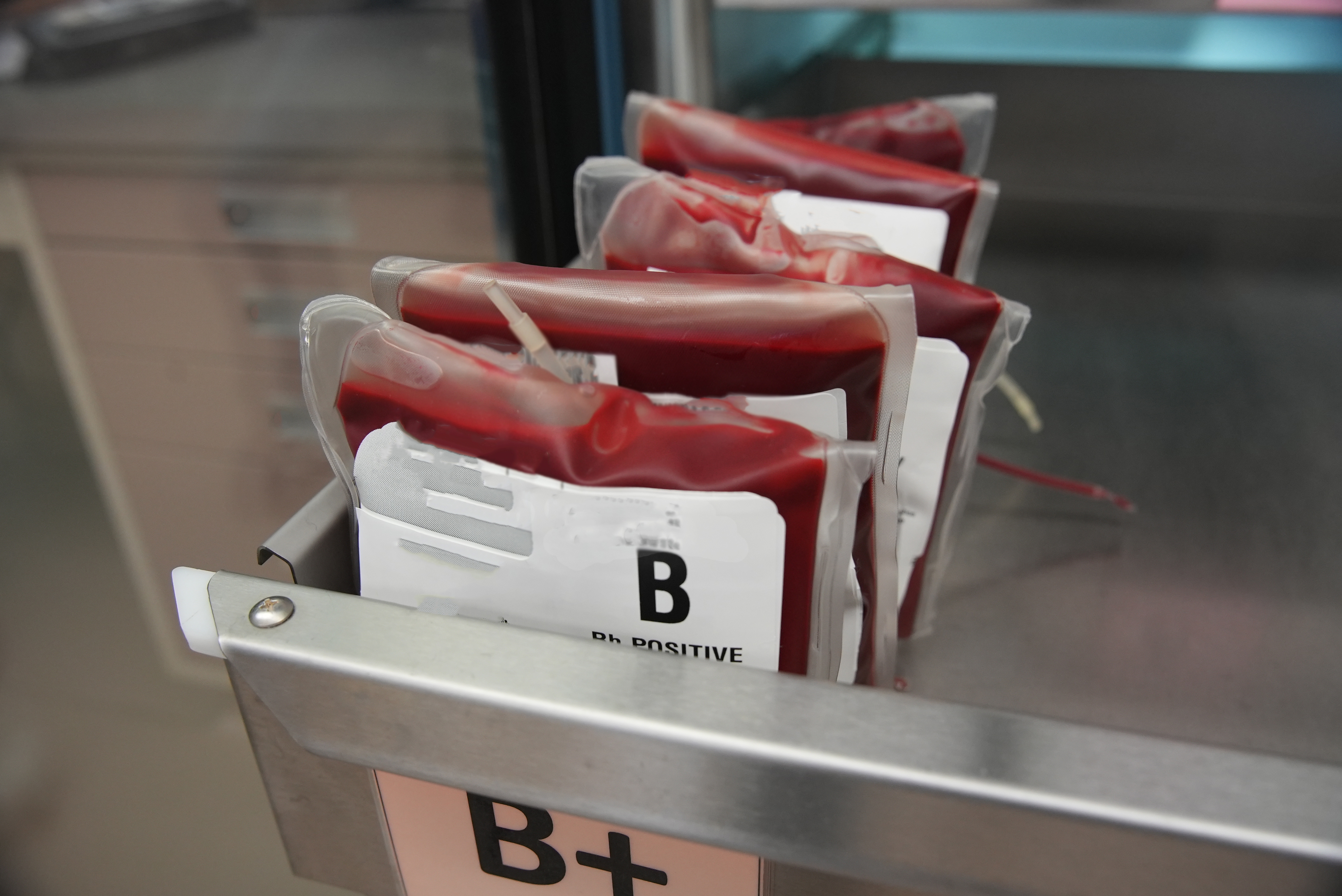
Earlier Blood Transfusion Strategy May Reduce Heart Failure and Arrhythmia Risk in Cardiac Patients After Surgery
TL;DR
Heart patients can gain a 41% lower risk of heart failure and irregular heartbeat by receiving blood transfusions earlier when hemoglobin drops below 10 g/dL after major surgery.
The TOP trial compared transfusing blood at hemoglobin levels below 10 g/dL versus below 7 g/dL in 1,424 veterans with heart disease undergoing major surgery.
Earlier blood transfusions for heart surgery patients may reduce cardiac strain and improve recovery outcomes, advancing personalized medical care for vulnerable populations.
Contrary to traditional thinking, giving more blood earlier may protect the heart better than waiting in high-risk surgical patients with heart disease.
The timing of blood transfusions after major surgery may significantly impact heart failure and arrhythmia risk in patients with pre-existing heart disease, according to new research presented at the American Heart Association's Scientific Sessions 2025. The Transfusion Trigger after Operations in High Cardiac Risk Patients (TOP) trial investigated whether transfusing blood earlier, when hemoglobin levels drop below 10 g/dL after major surgery, may prevent complications among heart patients better than the standard approach of waiting until hemoglobin levels drop below 7 g/dL.
The study involved more than 1,400 military veterans undergoing major general or vascular surgery at 16 Veterans Affairs Medical Centers throughout the United States. Participants' average age was 70 years, with 98% being men and 75% self-identifying as white adults. Researchers monitored hemoglobin levels after surgery and reassessed after each transfusion to determine if additional transfusions were needed until discharge or 30 days post-surgery.
Lead author Panos Kougias, M.D., M.Sc., chair of the department of surgery at SUNY Downstate Health Sciences University in Brooklyn, New York, explained the significance of transfusion timing for cardiac patients. "When excessive blood loss or anemia occurs during or after surgery, a blood transfusion may be needed. For people with heart disease, the risk of complications due to the strain of blood loss means that the timing of a blood transfusion is critical," Kougias said. "The current standard of care for most patients is to wait until hemoglobin levels are low before transfusing blood."
The analysis revealed that severe complication rates - including death, heart attack, kidney failure, need for a heart procedure or stroke - were similar between the two transfusion strategies. Patients receiving earlier transfusions had a 9.1% severe complication rate compared to 10.1% in the later transfusion group. However, the study found substantial differences in heart-specific complications. Irregular heart rhythms and heart failure occurred in only 5.9% of patients in the early transfusion group compared to 9.9% in the later transfusion group, representing a 41% lower risk among those receiving earlier transfusions.
"We were surprised that the restrictive transfusion strategy - giving less blood by only transfusing once patients' hemoglobin levels were below 7 g/dL - was associated with a higher rate of heart failure," Kougias noted. "The traditional thinking has been that giving more blood may potentially overload the heart and worsen failure. Our finding suggests that in high-risk heart patients, persistent anemia might place a greater strain on the heart than the volume from a transfusion, leading to complications such as heart failure and arrhythmia."
The study's findings challenge current transfusion practices and suggest that personalized approaches may be necessary for different patient populations. Kougias compared the strategies using an automotive analogy: "The earlier blood transfusion strategy may protect the heart from the effects of blood loss. It's like keeping a car's fuel tank above half full, while the transfusion-later strategy is like adding fuel only when the low-fuel light comes on."
These results have significant implications for clinical practice, particularly for the approximately 200 million people worldwide who undergo major surgery annually, many of whom have underlying heart conditions. The findings were simultaneously published as a full manuscript in the peer-reviewed scientific journal JAMA and presented at the American Heart Association's Scientific Sessions 2025, available through their Online Program Planner at https://professional.heart.org/en/meetings/scientific-sessions. The trial was funded by the Veterans Affairs Office of Research and Development, with additional information available through the American Heart Association's website at https://www.heart.org.
While the study provides compelling evidence for reconsidering transfusion timing in cardiac patients, researchers caution that further investigation is needed to confirm these findings, particularly since heart failure and arrhythmia reduction was a secondary outcome in the study. The research team also noted limitations including the predominantly male participant population and the fact that health care professionals were aware of which transfusion strategy patients received, which could have influenced care decisions.
Curated from NewMediaWire
